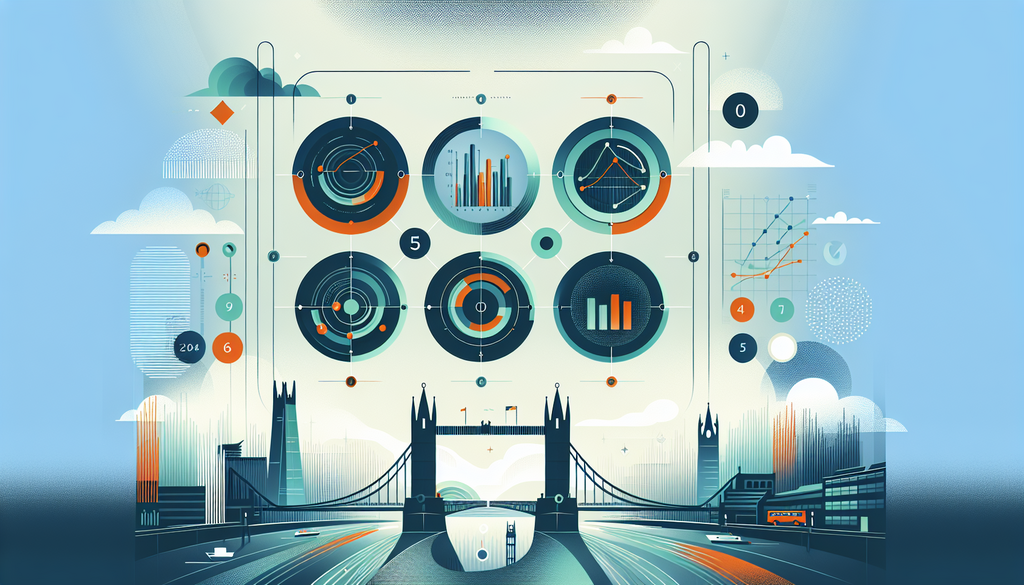In today’s data-driven world, effective data analysis and visualization tools are essential for making sense of vast amounts of information. Whether you’re a data analyst, a business owner, or just someone looking to understand trends in your data, having the right tools at your disposal can make a significant difference. This article explores various data analysis tools that not only facilitate the examination of data but also enhance visualization, helping stakeholders to make informed decisions.
Importance of Data Analysis in Decision-Making
Data analysis empowers businesses and organizations to derive insights and make well-informed decisions. Proper data analysis enables you to:
- Identify trends and patterns
- Understand customer behaviors
- Predict future outcomes
- Optimize processes
- Enhance overall productivity
With the right tools, these benefits become significantly more accessible, paving the way for a more analytical approach to decision-making.
Key Data Analysis Tools for Visualization
1. Tableau
Tableau is one of the most prominent data visualization tools on the market. It’s designed to help users create interactive and shareable dashboards that illustrate data trends, variations, and insights visually. Some key features include:
- User-friendly interface that allows drag-and-drop functionality
- Real-time analysis capabilities
- Ability to connect to multiple data sources
- A wide range of visualization options including charts, graphs, and maps
Tableau is especially valuable for businesses looking to present data insights to non-technical stakeholders effectively.
2. Microsoft Power BI
Microsoft Power BI is an excellent tool for data analysis and visualization, offering powerful features that enable businesses to create interactive reports and dashboards. Key benefits include:
- Seamless integration with other Microsoft Office applications
- Good data modeling capabilities
- Natural language querying for easy data exploration
- Cloud-based sharing and collaboration options
Its accessibility and familiarity make it a popular choice among businesses already embedded in the Microsoft ecosystem.
3. Google Data Studio
Google Data Studio is a free tool that enables users to transform raw data into informative, customizable dashboards. Its key characteristics are:
- Integration with other Google services like Google Analytics and Google Sheets
- User-friendly interface that facilitates easy data manipulation
- Ability to create interactive reports that can be shared widely
- Customizable data visualizations for personalized presentations
For those looking for a cost-effective yet powerful solution, Google Data Studio is certainly worth exploring.
4. R and RStudio
For data scientists and statisticians, R and RStudio are invaluable tools for analysis and visualization. R is a programming language specifically designed for data analysis while RStudio is the integrated development environment (IDE) for R. Key features include:
- A robust ecosystem of packages for statistical analysis
- Powerful visualization libraries like ggplot2
- Flexibility to handle complex data manipulations
- Strong support from the data science community
These tools provide unparalleled analytical power and are particularly favored in academia and research.
5. Python with Libraries (Pandas, Matplotlib, Seaborn)
Python is another versatile tool used for data analysis and visualization, especially when combined with libraries like Pandas, Matplotlib, and Seaborn. These libraries allow for:
- Data manipulation and analysis with Pandas
- Creating static, animated, and interactive visualizations with Matplotlib
- Enhanced statistical graphics with Seaborn
Python is widely used across various industries due to its ease of use and the extensive range of libraries available for different analytical needs.
Typping the Right Tool for Your Needs
Selecting the right tool hinges on various factors, including:
- Your specific data analysis needs
- Level of expertise in data manipulation
- Type of data sources you need to integrate
- Budget constraints
When choosing a data analysis tool, it’s also essential to consider future scalability and the potential for team collaboration.
Integrating Data Visualization into Your Workflow
Once the appropriate tools are in place, incorporating data visualization into regular business workflows is crucial. Here are some tips for seamless integration:
- Establish a consistent process for data collection and cleaning
- Encourage team training on data tools to foster a data-driven culture
- Regularly update dashboards to reflect new data and insights
- Engage stakeholders in discussions about visual data insights
Effectively integrating these tools will not only enhance data analysis but also improve communication of insights across the organization.
Conclusion
In conclusion, the right data analysis and visualization tools can transform how businesses process and interpret data. With tools like Tableau, Microsoft Power BI, Google Data Studio, R, and Python at your disposal, deriving actionable insights becomes a straightforward endeavor. By leveraging these technologies, organizations can stay ahead of trends, make informed decisions, and foster a culture of data-driven insights that lead to sustained success.





